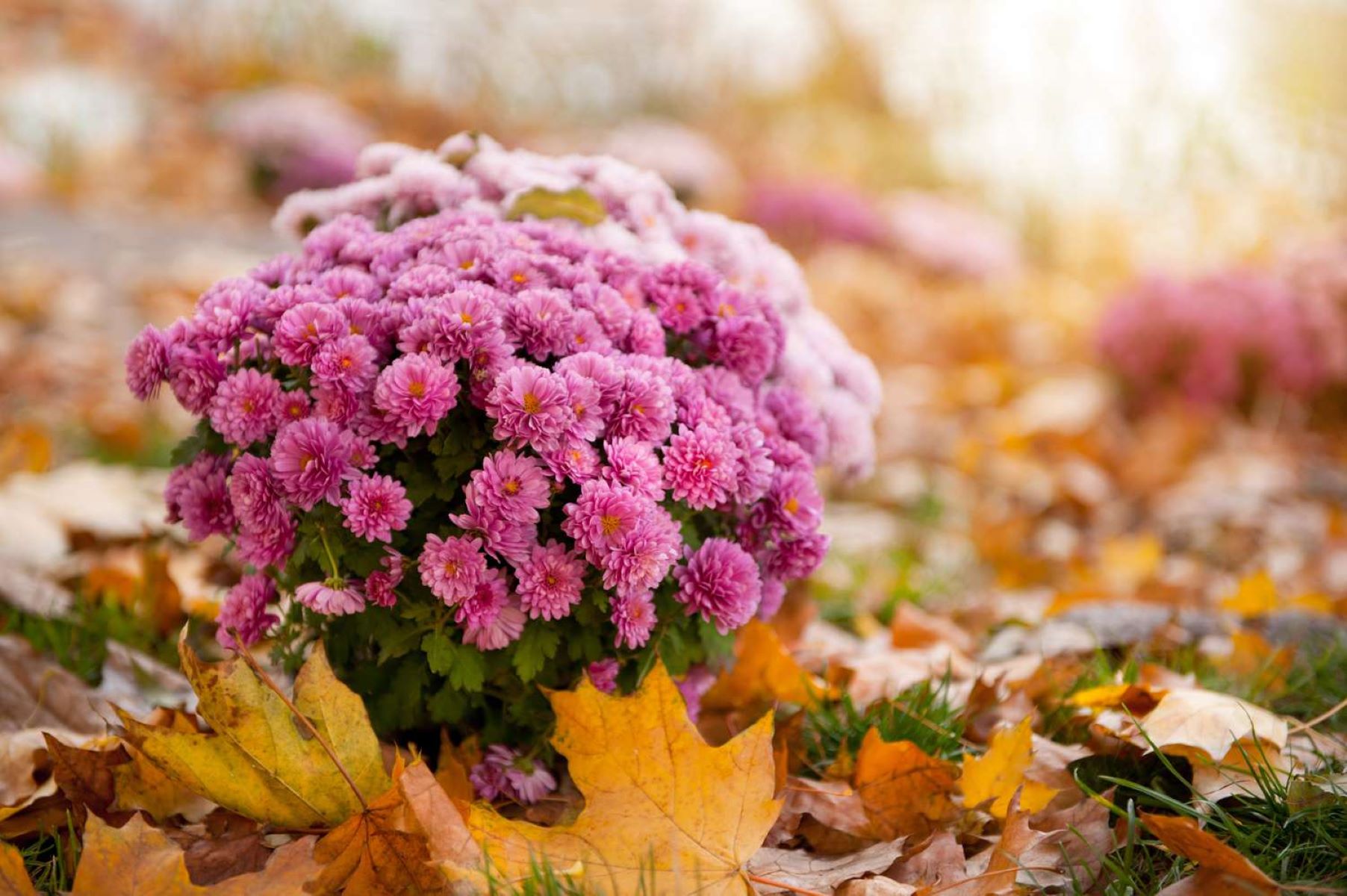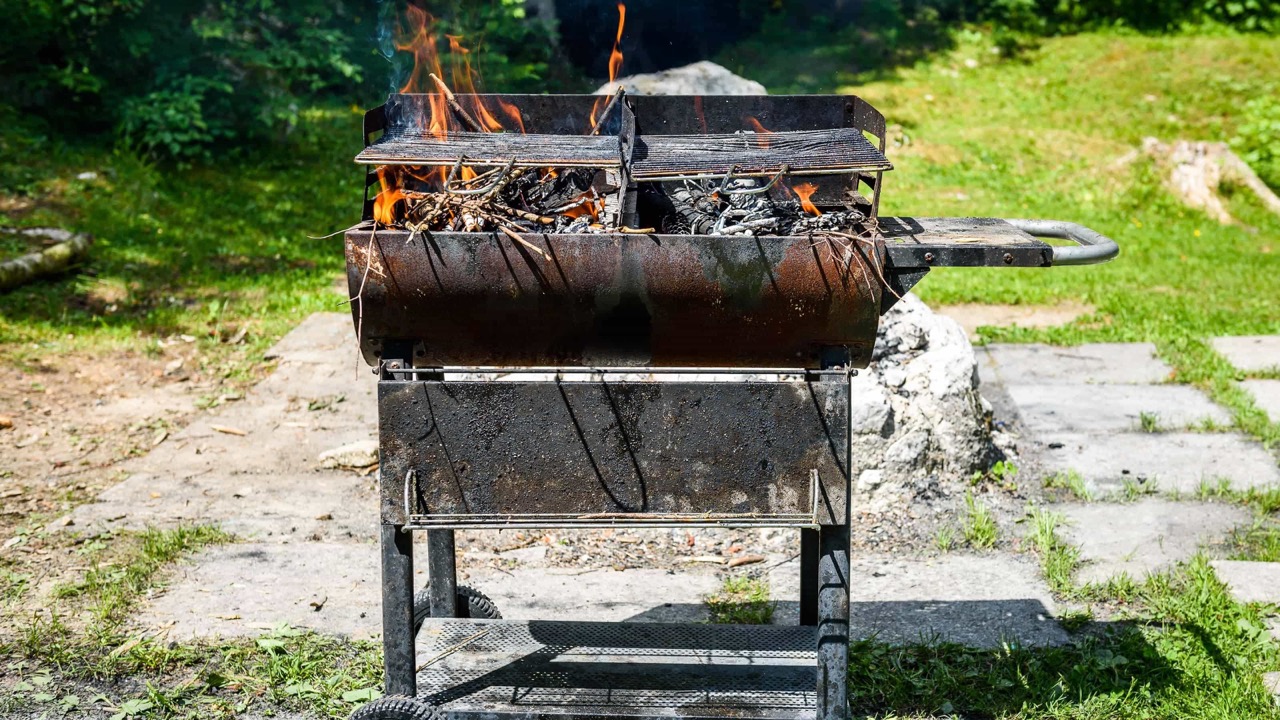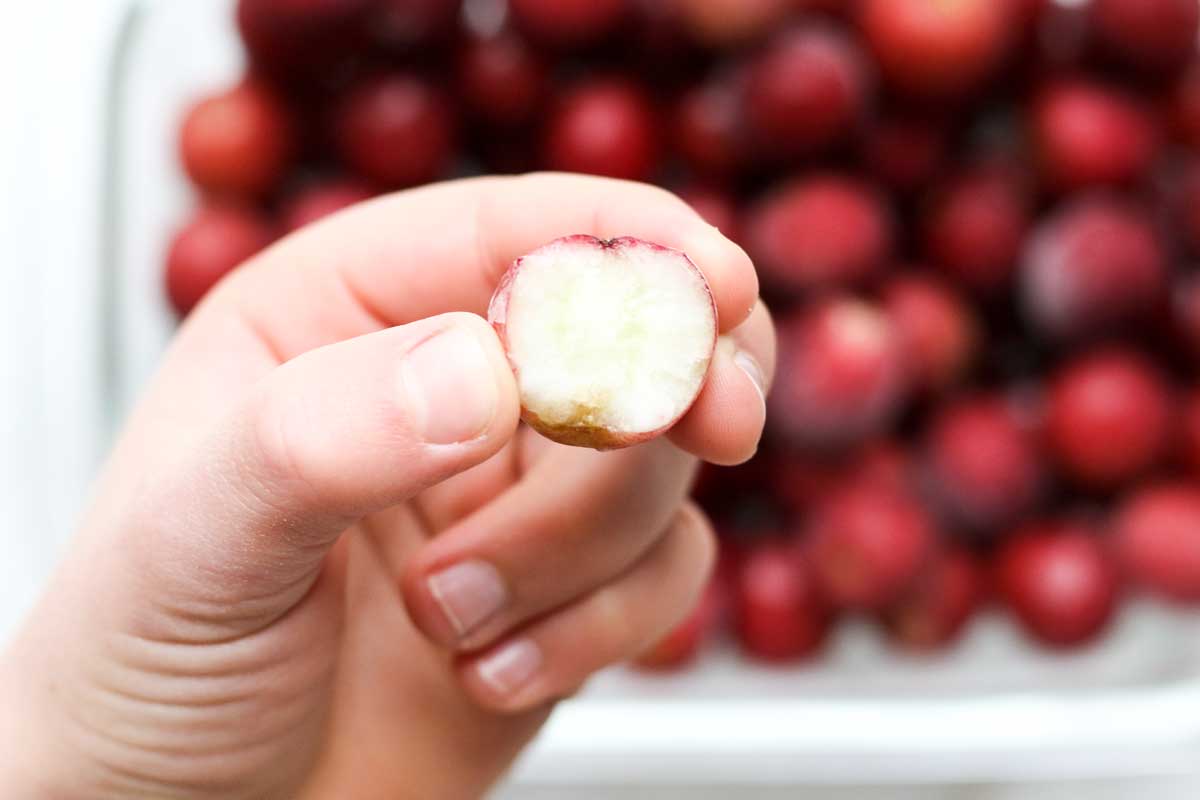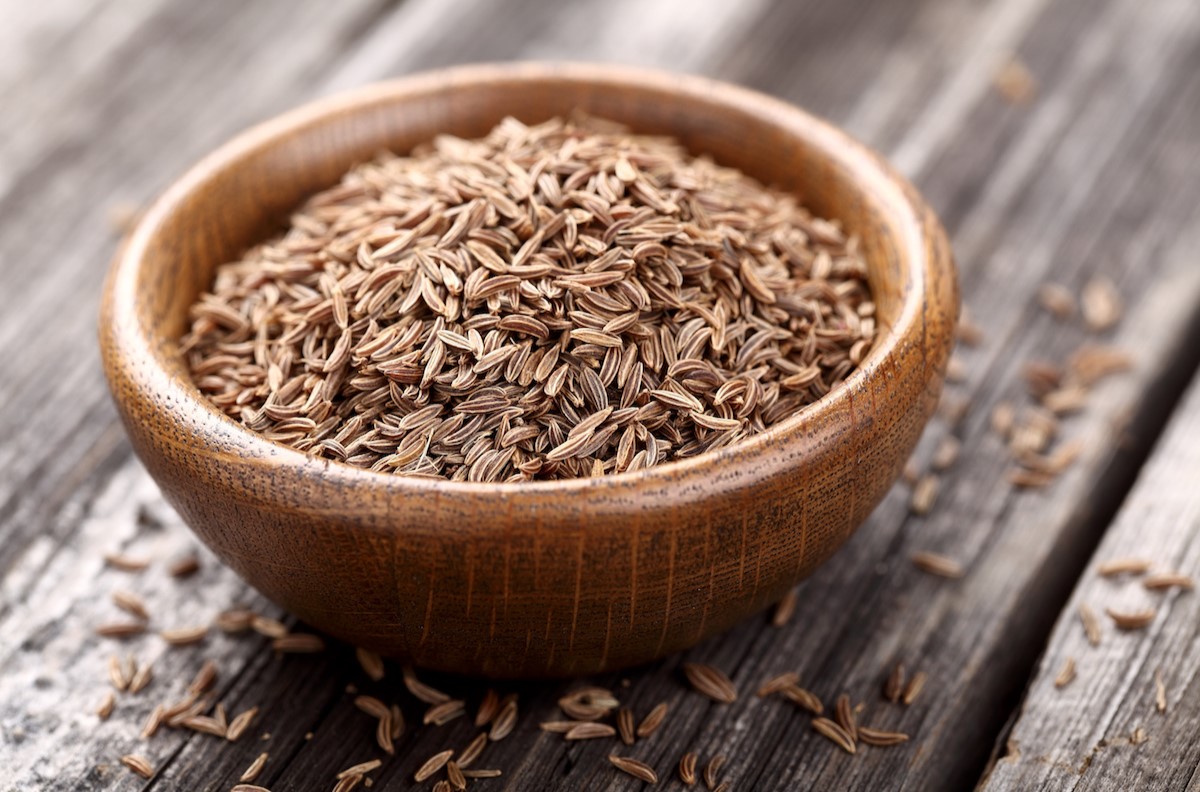Home>Gardening & Outdoor>Plant Care & Gardening Tips>How Long Do Mums Last Outside In The Fall


Plant Care & Gardening Tips
How Long Do Mums Last Outside In The Fall
Modified: October 20, 2024
Discover expert plant care and gardening tips for extending the lifespan of mums outside in the fall. Learn how to keep your outdoor mums thriving longer.
(Many of the links in this article redirect to a specific reviewed product. Your purchase of these products through affiliate links helps to generate commission for Storables.com, at no extra cost. Learn more)
Introduction
As the vibrant hues of autumn begin to paint the landscape, gardeners eagerly anticipate the arrival of chrysanthemums, affectionately known as mums. These resilient and captivating flowers are a hallmark of the fall season, adding a burst of color and charm to gardens, porches, and outdoor spaces. However, the longevity of mums in the fall is a common concern for many gardening enthusiasts. Understanding the factors that influence the lifespan of mums and implementing effective care strategies can significantly impact their endurance and overall health.
Mums, with their diverse array of colors and shapes, symbolize the beauty and resilience of nature during the transitional period from summer to winter. Whether adorning front yards, lining pathways, or gracing tabletops, these beloved flowers hold a special place in the hearts of gardeners and admirers alike. Despite their visual allure, the lifespan of mums outside in the fall is influenced by various environmental and care-related factors.
In this comprehensive guide, we will delve into the essential aspects of prolonging the lifespan of mums in the fall. By exploring the key factors that affect their longevity, offering practical tips for extending their lifespan, and addressing common issues and solutions, we aim to equip you with the knowledge and insights needed to nurture and enjoy these autumn treasures to the fullest. Let's embark on a journey to unlock the secrets of maximizing the beauty and endurance of mums in the fall, ensuring that they remain a source of joy and inspiration throughout the season.
Key Takeaways:
- Mums need the right balance of sunlight, water, and care to thrive in the fall. Protect them from extreme heat and frost, and keep an eye out for pests and diseases to help them last longer.
- To make mums last longer, give them morning sun and afternoon shade, water them regularly, and watch out for wilting, pests, and diseases. With the right care, they’ll bloom beautifully all season.
Read more: How Long Do Bloomed Mums Last
Factors Affecting the Longevity of Mums
The longevity of mums in the fall is influenced by a myriad of factors, each playing a crucial role in determining the lifespan and overall health of these beloved flowers. Understanding these factors is essential for providing optimal care and ensuring the enduring beauty of mums throughout the season.
1. Temperature and Climate
The ambient temperature and prevailing climate conditions significantly impact the longevity of mums. These flowers thrive in cooler temperatures, but excessive heat or sudden temperature fluctuations can hasten their decline. In regions experiencing early frosts or unseasonably warm spells, mums may face challenges in maintaining their vigor and bloom quality.
2. Sunlight Exposure
The amount of sunlight mums receive directly influences their longevity. While mums generally require ample sunlight to thrive, excessive exposure to intense afternoon sun can lead to wilting and premature fading of blooms. Conversely, inadequate sunlight may hinder their growth and diminish their visual appeal.
3. Watering Practices
Proper watering is paramount for the longevity of mums. Inadequate hydration can cause wilting and stress, while overwatering may lead to root rot and fungal diseases. Striking a balance by ensuring consistent moisture levels in the soil is essential for sustaining the health and vibrancy of mums.
Read more: How Long Will Potted Mums Last
4. Soil Quality and Drainage
The quality of the soil and its drainage capacity directly impact the longevity of mums. Well-draining soil prevents waterlogging, which can compromise root health, while nutrient-rich soil supports robust growth and abundant blooms. Additionally, soil pH levels play a role in the overall health and longevity of mums, as they prefer slightly acidic to neutral soil conditions.
5. Pests and Diseases
The presence of pests and diseases can significantly diminish the longevity of mums. Common pests such as aphids, mites, and caterpillars, as well as fungal infections, can weaken the plants and compromise their ability to thrive. Vigilant monitoring and prompt intervention are essential for mitigating these threats and preserving the health of mums.
6. Pruning and Deadheading
Regular pruning and deadheading practices directly impact the longevity of mums. Removing spent blooms and maintaining a compact growth habit not only enhances the visual appeal of the plants but also encourages continuous blooming. Neglecting these maintenance tasks can lead to reduced vigor and a shorter overall lifespan for mums.
By comprehensively understanding and addressing these factors, gardeners can effectively prolong the lifespan of mums in the fall, ensuring that these captivating flowers continue to adorn outdoor spaces with their resplendent beauty.
Tips for Extending the Lifespan of Mums in the Fall
-
Optimal Placement: Position mums in locations that offer ample morning sunlight and partial shade in the afternoon to shield them from the intense heat. This balanced exposure helps maintain bloom quality and prolongs their lifespan.
-
Consistent Watering: Establish a regular watering schedule, ensuring that the soil remains consistently moist but not waterlogged. Water at the base of the plants in the morning to allow foliage to dry during the day, reducing the risk of fungal diseases.
-
Mulching: Apply a layer of organic mulch around the base of mums to conserve soil moisture, regulate soil temperature, and inhibit weed growth. Mulching also provides a protective barrier against rapid temperature fluctuations, promoting stable conditions for the plants.
-
Fertilization: Use a balanced, water-soluble fertilizer to nourish mums during the fall. Apply the fertilizer according to the manufacturer's instructions to support healthy growth and prolific blooming, thereby extending the lifespan of the plants.
-
Prudent Pruning: Regularly remove spent blooms and withered foliage to encourage continuous flowering and prevent the plants from expending energy on seed production. Pruning also helps maintain a tidy appearance and supports the overall vigor of the mums.
-
Protection from Frost: In regions prone to early frosts, consider covering mums with a breathable fabric or utilizing frost protection products to shield them from extreme cold. This safeguarding measure can prolong their blooming period and overall lifespan.
-
Pest Management: Monitor mums for signs of pest infestations and promptly address any issues. Utilize organic pest control methods or insecticidal soaps to mitigate pest pressures without compromising the health of the plants.
-
Regular Inspection: Routinely inspect mums for signs of diseases, wilting, or nutrient deficiencies. Early detection allows for timely intervention, preventing potential threats from impacting the longevity and vitality of the plants.
By implementing these proactive measures and incorporating them into a comprehensive care routine, gardeners can effectively extend the lifespan of mums in the fall, ensuring that these captivating flowers thrive and enchant throughout the season.
Read more: How Often To Water Mums Outside
Common Issues and Solutions for Mums in the Fall
As the fall season unfolds, mums, with their resplendent blooms, may encounter various challenges that can impact their longevity and overall health. Understanding these common issues and implementing effective solutions is essential for nurturing mums and ensuring their enduring beauty throughout the season.
1. Wilting and Dehydration
Issue: Inconsistent watering practices or prolonged exposure to intense sunlight can lead to wilting and dehydration in mums, causing their blooms to lose vibrancy and their foliage to appear limp.
Solution: To address this issue, it is crucial to establish a regular watering schedule, ensuring that the soil remains consistently moist. Water mums at the base in the morning to allow for adequate absorption and minimize evaporation. Additionally, providing partial shade during the hottest part of the day can help mitigate wilting caused by excessive sunlight exposure.
2. Fungal Diseases
Issue: Mums are susceptible to fungal diseases, particularly in damp and humid conditions. Common fungal infections such as powdery mildew and gray mold can compromise the health and appearance of the plants.
Solution: Implementing preventive measures such as proper spacing between plants to promote air circulation, applying fungicidal treatments as a proactive measure, and avoiding overhead watering can help mitigate the risk of fungal diseases. Promptly removing and disposing of any infected plant material can prevent the spread of fungal pathogens.
3. Pest Infestations
Issue: Aphids, mites, and caterpillars are among the common pests that can afflict mums in the fall, causing damage to the foliage and blooms.
Solution: Regularly inspecting mums for signs of pest infestations and employing natural pest control methods such as insecticidal soaps or neem oil can effectively manage pest pressures without resorting to harsh chemical treatments. Creating a hospitable environment for beneficial insects, such as ladybugs and lacewings, can also aid in controlling pest populations.
Read more: How To Make Mums Last
4. Nutrient Deficiencies
Issue: Inadequate soil nutrition can manifest as stunted growth, yellowing foliage, and diminished bloom production in mums, indicating potential nutrient deficiencies.
Solution: Applying a balanced, water-soluble fertilizer formulated for flowering plants can address nutrient deficiencies and support the overall health and vigor of mums. Regularly monitoring the plants for signs of nutrient deficiencies and adjusting the fertilization regimen accordingly is essential for sustaining their vitality.
5. Early Frost Damage
Issue: Early frosts pose a significant threat to mums, potentially causing damage to tender foliage and blooms, thereby curtailing their blooming period.
Solution: Protecting mums from early frosts by covering them with breathable fabric or utilizing frost protection products can safeguard the plants from extreme cold. Additionally, situating mums in sheltered locations or near heat-retaining structures can help mitigate the impact of early frosts.
By proactively addressing these common issues and implementing targeted solutions, gardeners can effectively safeguard the health and longevity of mums in the fall, ensuring that these beloved flowers continue to thrive and inspire admiration throughout the season.
Conclusion
In conclusion, the enduring beauty and vitality of mums in the fall are not merely a product of nature's whims, but rather a result of conscientious care and strategic interventions. As the autumnal canvas is adorned with the resplendent hues of mums, it becomes evident that their longevity and vibrancy are intrinsically linked to a harmonious interplay of environmental factors, attentive maintenance, and proactive measures.
By understanding the pivotal factors that influence the lifespan of mums, including temperature, sunlight exposure, watering practices, soil quality, pest management, and pruning, gardeners are empowered to orchestrate an environment conducive to the sustained flourishing of these beloved flowers. The delicate balance of providing optimal sunlight, consistent moisture, and nutrient-rich soil sets the stage for mums to thrive and captivate with their abundant blooms.
The tips for extending the lifespan of mums in the fall serve as a roadmap for nurturing these floral treasures, encompassing essential practices such as optimal placement, consistent watering, mulching, fertilization, prudent pruning, protection from frost, pest management, and regular inspection. By integrating these strategies into a comprehensive care routine, gardeners can effectively prolong the blooming period and overall lifespan of mums, ensuring that their allure endures throughout the season.
Furthermore, the awareness of common issues and their corresponding solutions equips gardeners with the knowledge to address challenges such as wilting, fungal diseases, pest infestations, nutrient deficiencies, and early frost damage. By promptly identifying and mitigating these issues, gardeners can safeguard the health and vitality of mums, allowing them to flourish and enchant with their captivating display of colors and textures.
As the curtain falls on the fall season, the collective efforts of gardeners in nurturing mums culminate in a spectacle of natural splendor, where these resilient flowers stand as a testament to the artistry of care and the resilience of nature. The enduring beauty of mums in the fall serves as a poignant reminder of the transformative power of attentive stewardship, where the convergence of knowledge, dedication, and compassion yields a tapestry of floral magnificence.
In essence, the longevity of mums in the fall is a testament to the profound impact of mindful care and the enduring allure of nature's seasonal treasures. By embracing the art of nurturing mums, gardeners partake in a timeless dance with the rhythms of the natural world, where each thoughtful gesture and intervention contributes to the symphony of colors and fragrances that define the autumnal landscape.
Frequently Asked Questions about How Long Do Mums Last Outside In The Fall
Was this page helpful?
At Storables.com, we guarantee accurate and reliable information. Our content, validated by Expert Board Contributors, is crafted following stringent Editorial Policies. We're committed to providing you with well-researched, expert-backed insights for all your informational needs.













0 thoughts on “How Long Do Mums Last Outside In The Fall”